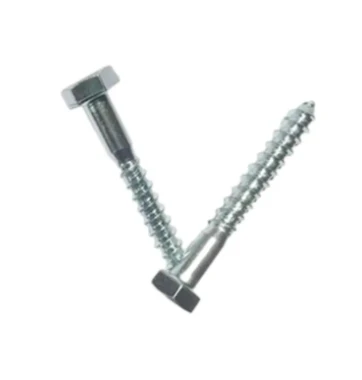Nov . 26, 2024 16:44 Back to list
I-Beam Clamps for Securely Supporting Pipes in Construction Applications
Understanding I-Beam Clamp for Pipe Applications
In the world of construction and industrial maintenance, the I-beam clamp is a crucial fitting used to secure pipes to structural beams, ensuring stability and safety in various applications. This article explores the design, function, and advantages of using an I-beam clamp for pipes, providing valuable insights for engineers, contractors, and DIY enthusiasts alike.
What is an I-Beam Clamp?
An I-beam clamp is a specialized fastening device that is designed to attach to the web of an I-beam—a common type of structural steel beam. The clamp typically features a circular or semi-circular design that encloses the pipe and a mounting mechanism that grips the I-beam securely. These clamps are often made from robust materials, such as steel or high-strength alloys, ensuring they can withstand heavy loads and adverse environmental conditions.
Design and Functionality
The design of the I-beam clamp is both simple and effective. Most clamps consist of two primary components the clamp itself, which wraps around the pipe, and a set of bolts or fasteners that secure the clamp to the I-beam. Depending on the specific application, the clamp may also include rubber or plastic liners to prevent damage to the pipe and reduce vibration.
The primary function of these clamps is to provide support and stability to pipes, which may be carrying fluids, gases, or other materials. By securing the pipe to an I-beam, the clamp helps distribute the weight of the pipe, preventing sagging or displacement. This is particularly important in industrial settings, where pipes may experience significant thermal expansion, pressure fluctuations, or even seismic activity.
Advantages of Using I-Beam Clamps
1. Strong Support I-beam clamps provide excellent load-bearing capabilities, making them suitable for heavy-duty applications. This strength ensures the pipe remains securely in place, minimizing the risk of damage or failure.
2. Versatility These clamps can be used in various settings, from commercial buildings to manufacturing facilities. They are compatible with a range of pipe sizes and materials, allowing for flexibility in design and implementation.
i beam clamp for pipe

3. Ease of Installation The installation process for I-beam clamps is relatively straightforward. With the right tools, contractors can quickly secure pipes, reducing labor costs and project timelines. Moreover, many clamps come with adjustable features, making them easy to fit into different configurations.
4. Corrosion Resistance Many I-beam clamps are treated with coatings or are made from corrosion-resistant materials, which prolong their lifespan in harsh environments. This is especially important in industries like oil and gas, where exposure to corrosive substances is common.
5. Minimized Vibration The robust design of I-beam clamps helps to absorb and minimize vibrations that occur during the operation of the pipes. This feature is critical for maintaining the integrity of both the pipes and the structural framework of the building.
Considerations When Choosing I-Beam Clamps
When selecting the appropriate I-beam clamp for your application, several factors should be taken into account
- Load Capacity Assess the weight of the pipe and the materials it will transport to ensure the clamp can handle the required load. - Pipe Size and Material Choose clamps that accommodate the specific diameter and material of the pipes being used, as different pipes have varying properties and support requirements.
- Environmental Conditions Consider the exposure to chemicals, humidity, and temperature variations. Choose clamps made from materials suited for the environment in which they will be installed.
- Regulatory Compliance Ensure that the clamps meet industry standards and local regulations to maintain safety and performance criteria.
Conclusion
The I-beam clamp for pipes is an indispensable component in the design and construction of safe and reliable piping systems. By providing strong support, versatility, ease of installation, and resistance to environmental challenges, these clamps play a crucial role in various industries. Understanding their operation and advantages can help professionals make informed choices, enhancing the safety and efficiency of their projects. Whether in a commercial setting or an industrial application, I-beam clamps contribute significantly to the stability and longevity of piping systems.


